
A conversation with Morgan McPeak
September 5, 2022
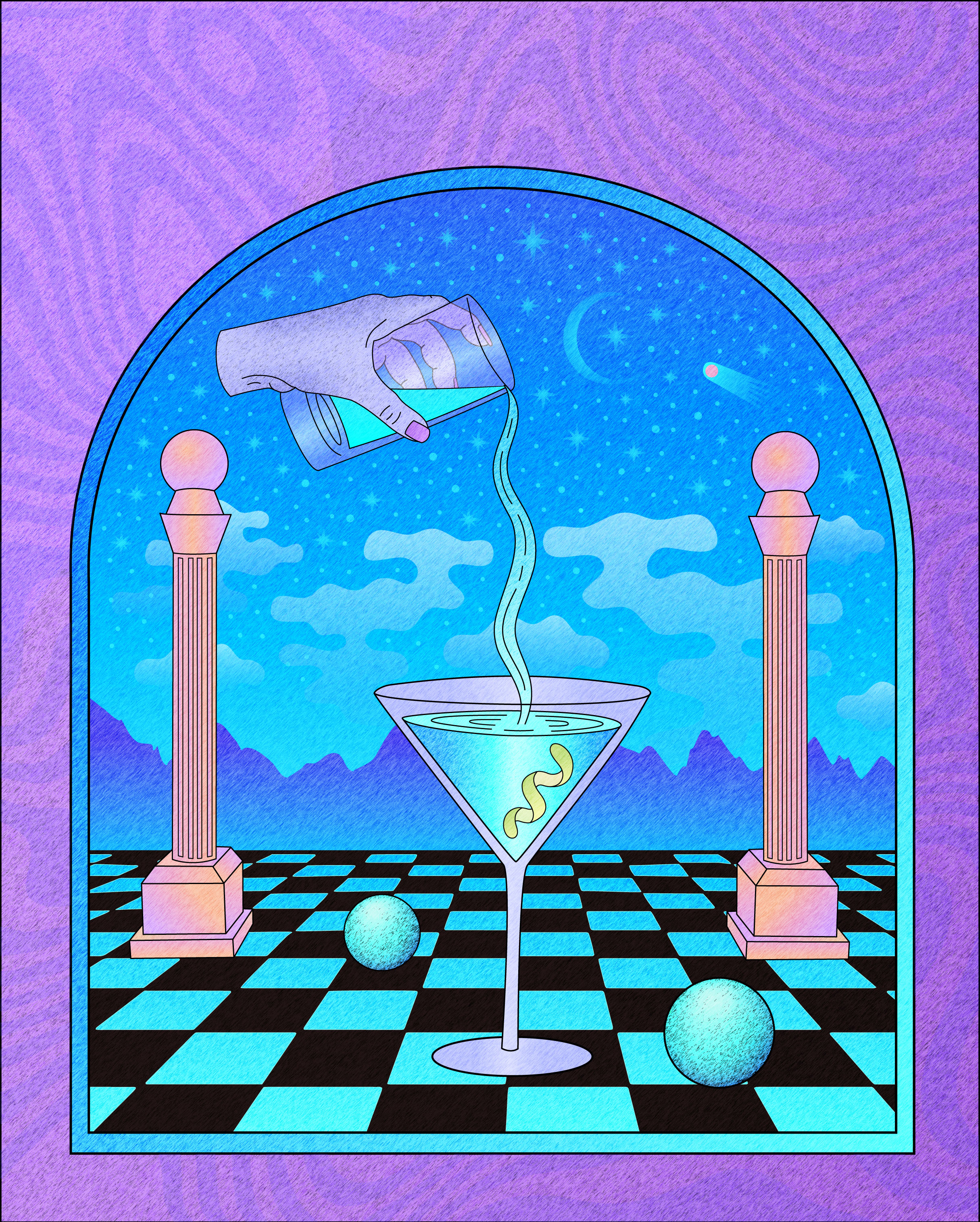
Morgan McPeak is a Detroit-based illustrator who’s practice started at an early age. Despite most of her creative skills being self-taught, they have evolved throughout her childhood and into adulthood as she attended vocational trade school for graphic design in high school and after graduating, studied graphic design at Specs Howard. McPeak’s career as a professional designer was launched after she became recognized for her poster and flyer designs for local music shows.
In conversation with McPeak, she discussed having begun to see her work developing the unique style that she is now recognized for and recalled it beginning to take shape in her mid-20s when she honed in on her current color palette and drawing style, which comes from an invested interest in 1960s psychedelic art as well as her appreciation for modern futurist drawings. Her work realizes a combination of the two stylistic genres, reviving and bringing them into the current day to participate in an evolving aesthetic that a number of artists are also currently developing through their own practices.
Runner Magazine: In looking at these artists that inspire your work, they all do have similar drawing styles that come out of dreamy, psychedelic visuals that have curvy edges, amorphous forms that blend together on occasion, but what would you say is different between artists working within this aesthetic nowadays and artists using this aesthetic in the 1960s?
Morgan McPeak: I think a lot of the art that inspires me is heavily influenced by the art of the 60s, but a lot of it is so much more futuristic. So many of these artists had their paths paved by the art of the 60s, but so much of the stuff I like today is commentary on the modern age. I try and diversify my inspiration, so some of the art I like is very blatantly 60s inspired, and some of it is much more modern.
RM: I know that psychedelic art never really stopped since it started in the 60s, there has been evolutions of this through the 70s, 80s and 90s. Why do you have a particular interest in this way of drawing / developing this style into the 2020s?
MM: I do believe that psychedelia is still very much thriving, and what has evolved is our technology to create digital art. Even though I’ve been casually drawing my whole life, my current illustration style evolved from my graphic design practice, where I’ve been passionate about mastering Adobe Illustrator and Photoshop to create the coolest images I can.
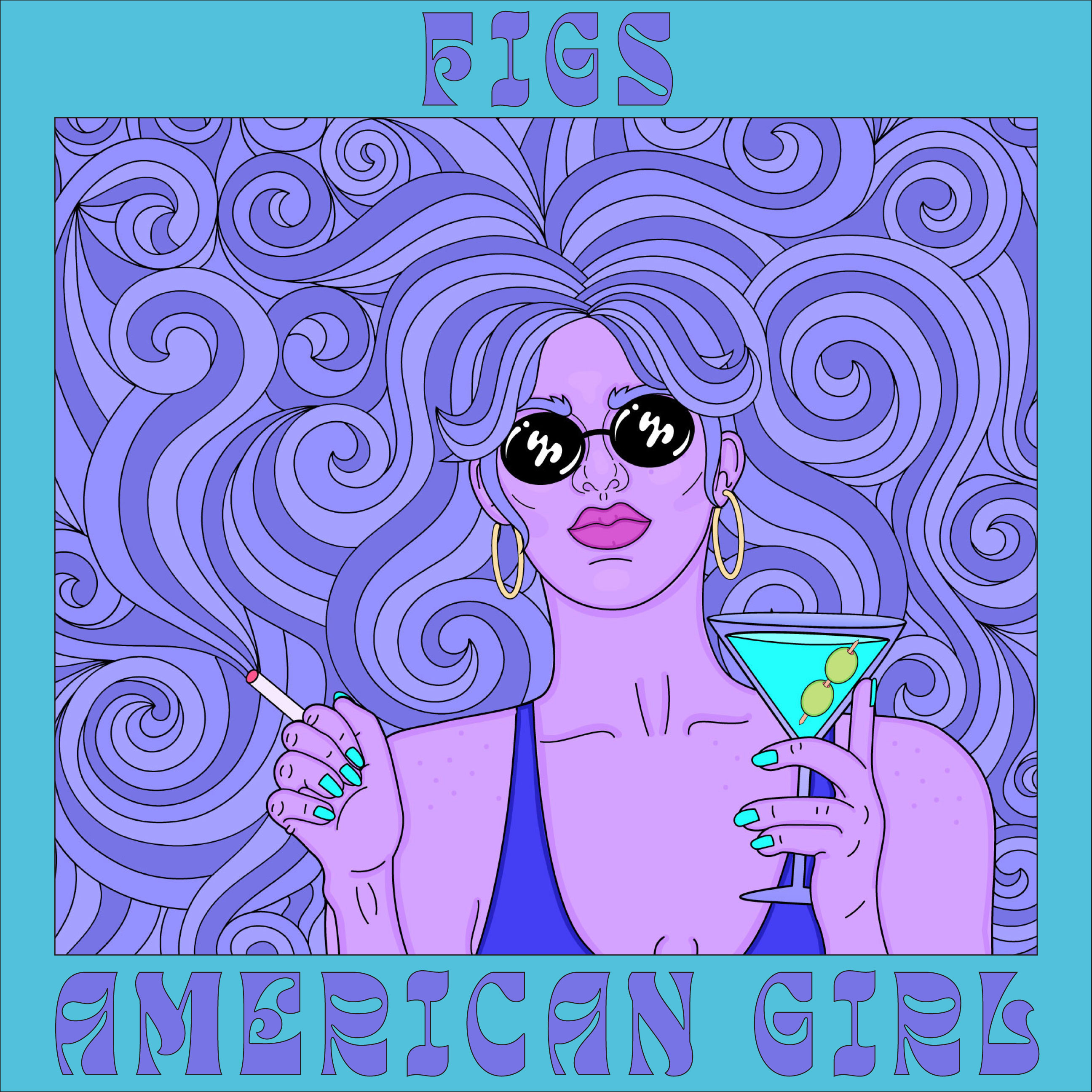
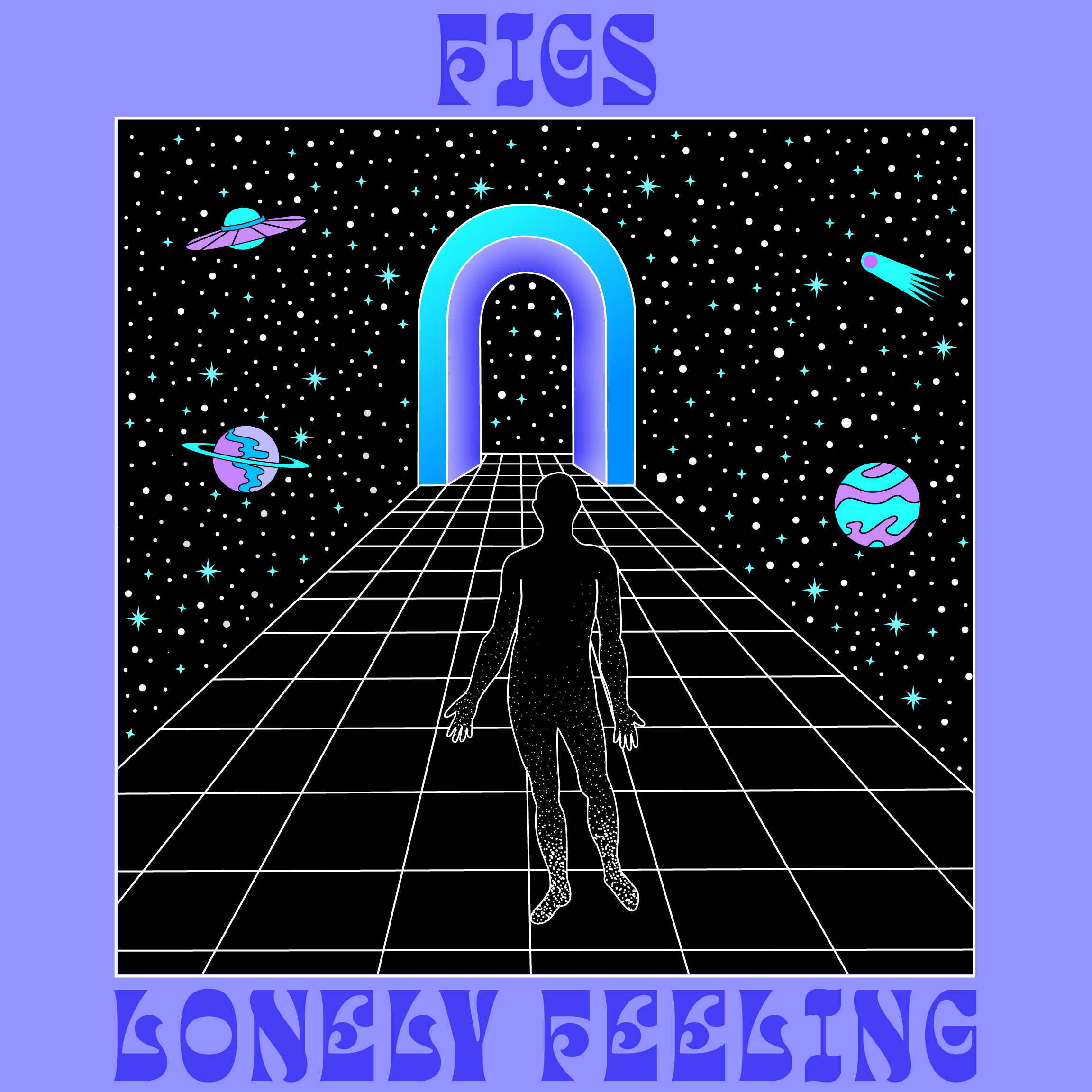
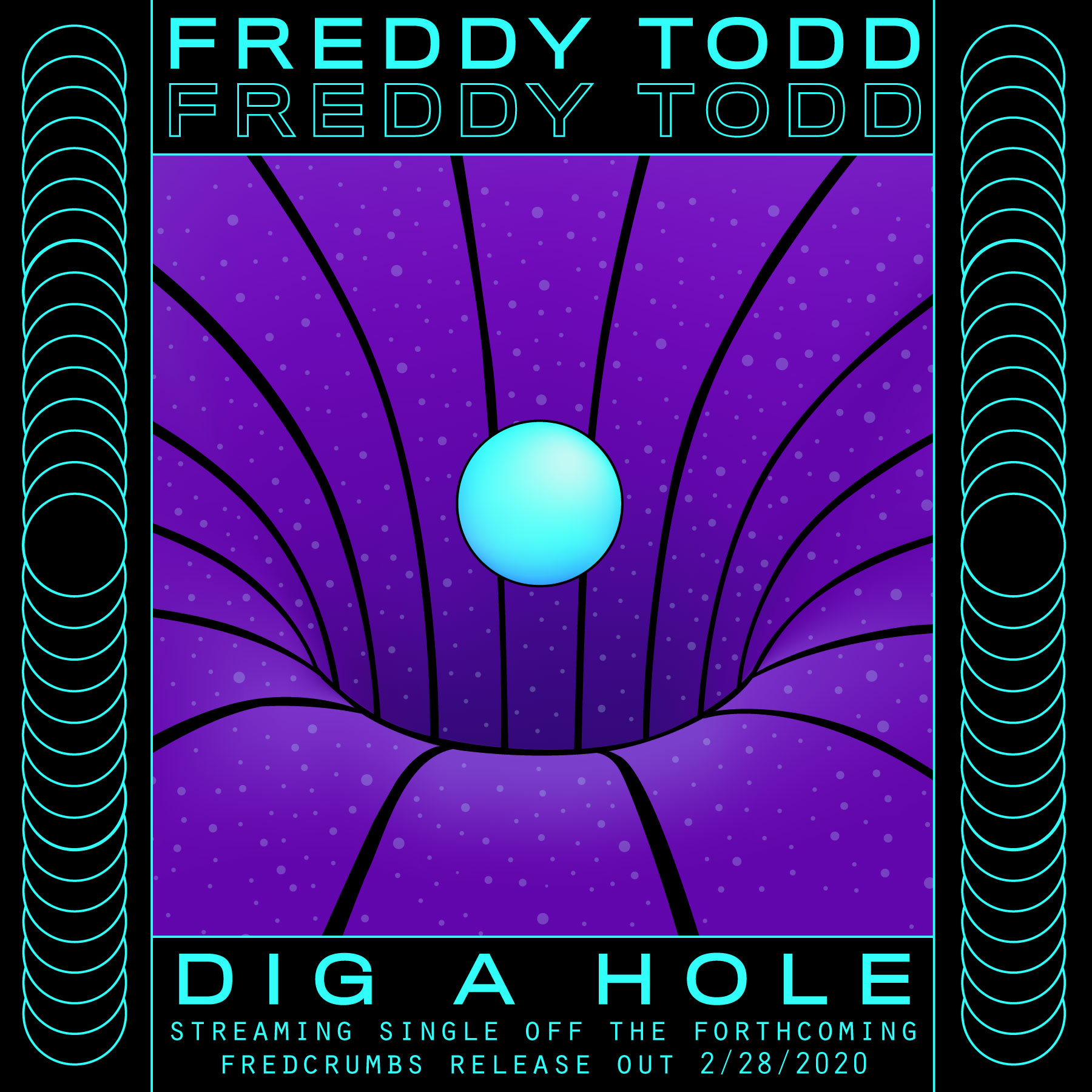

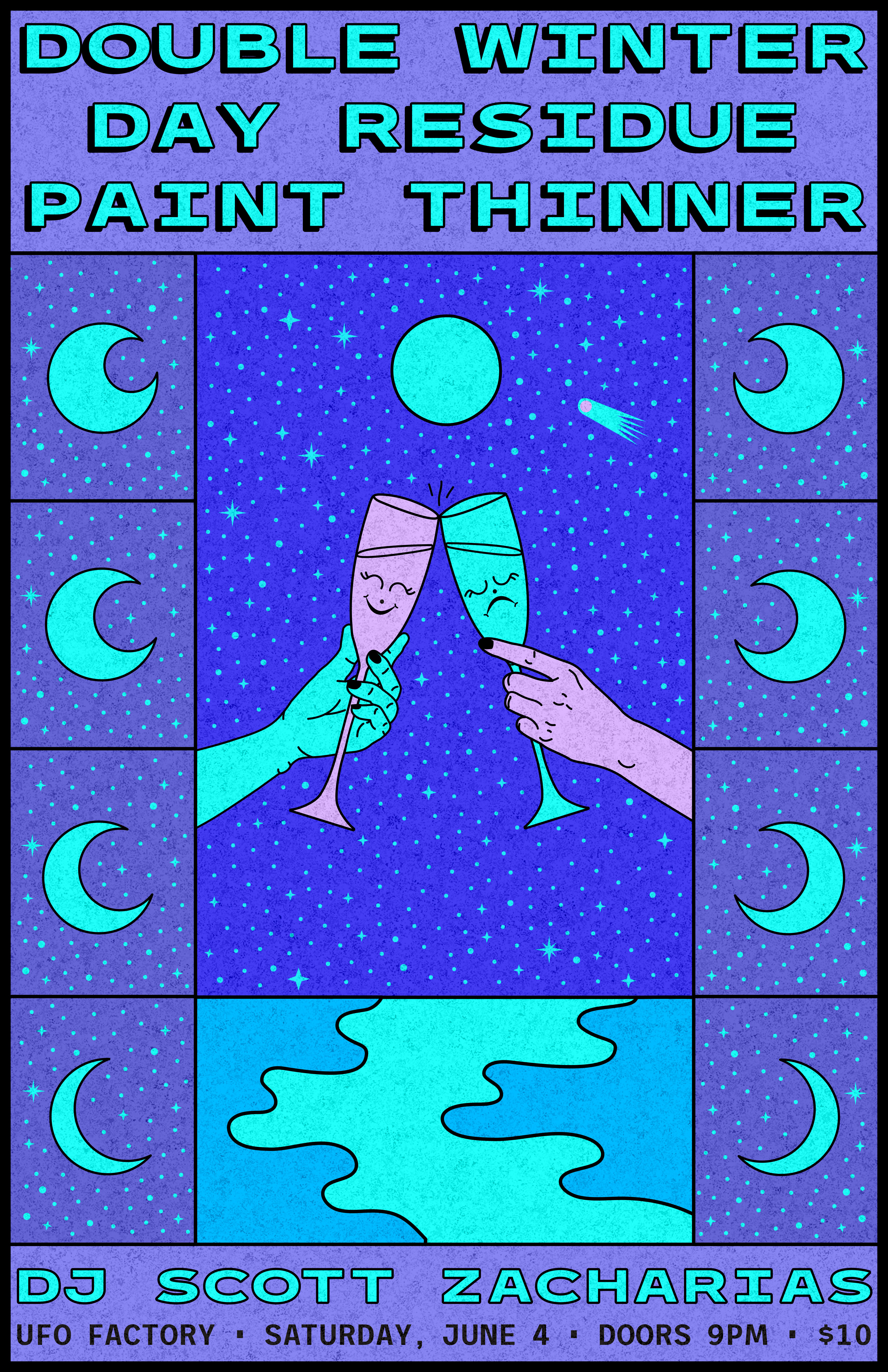
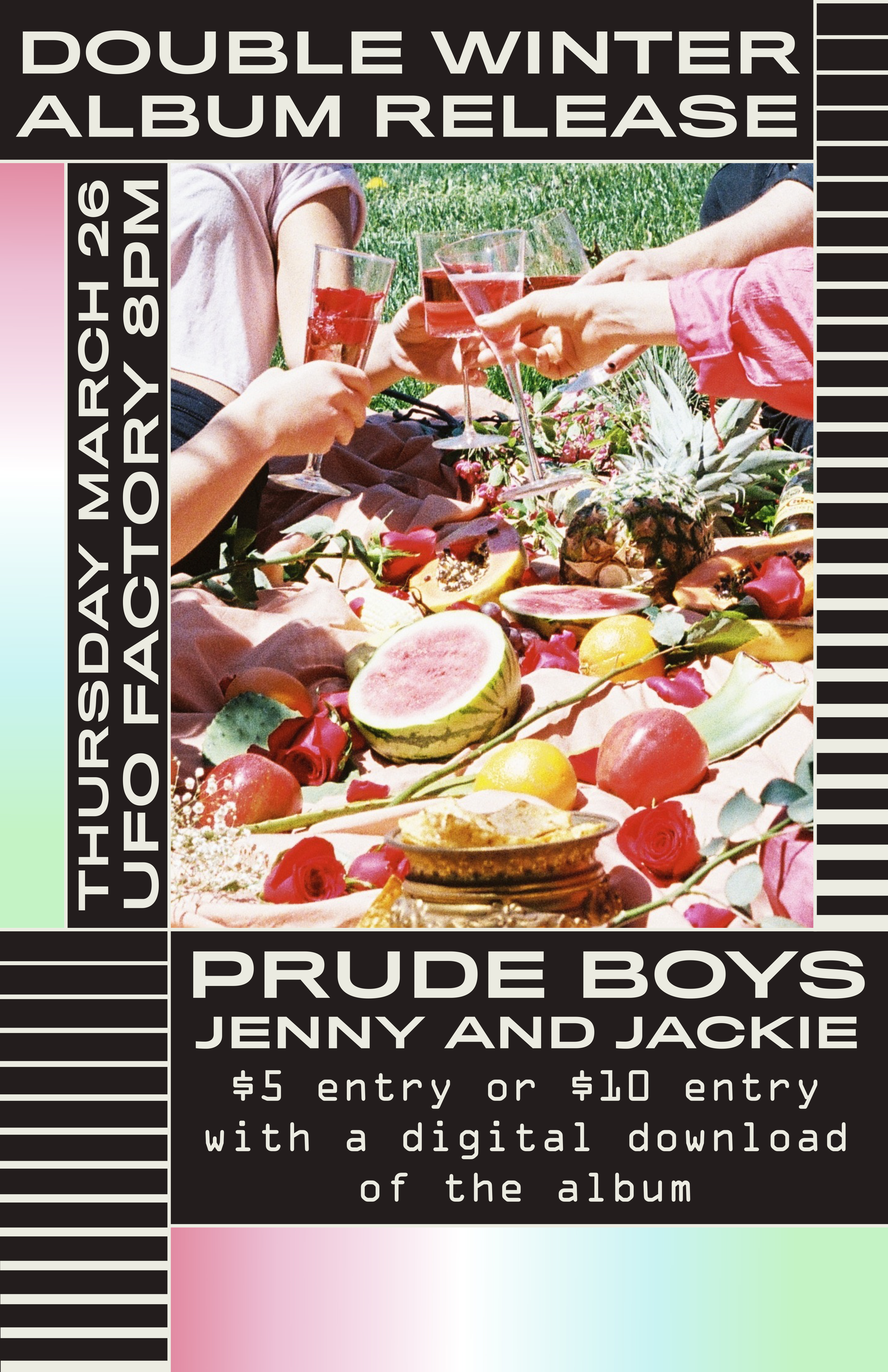
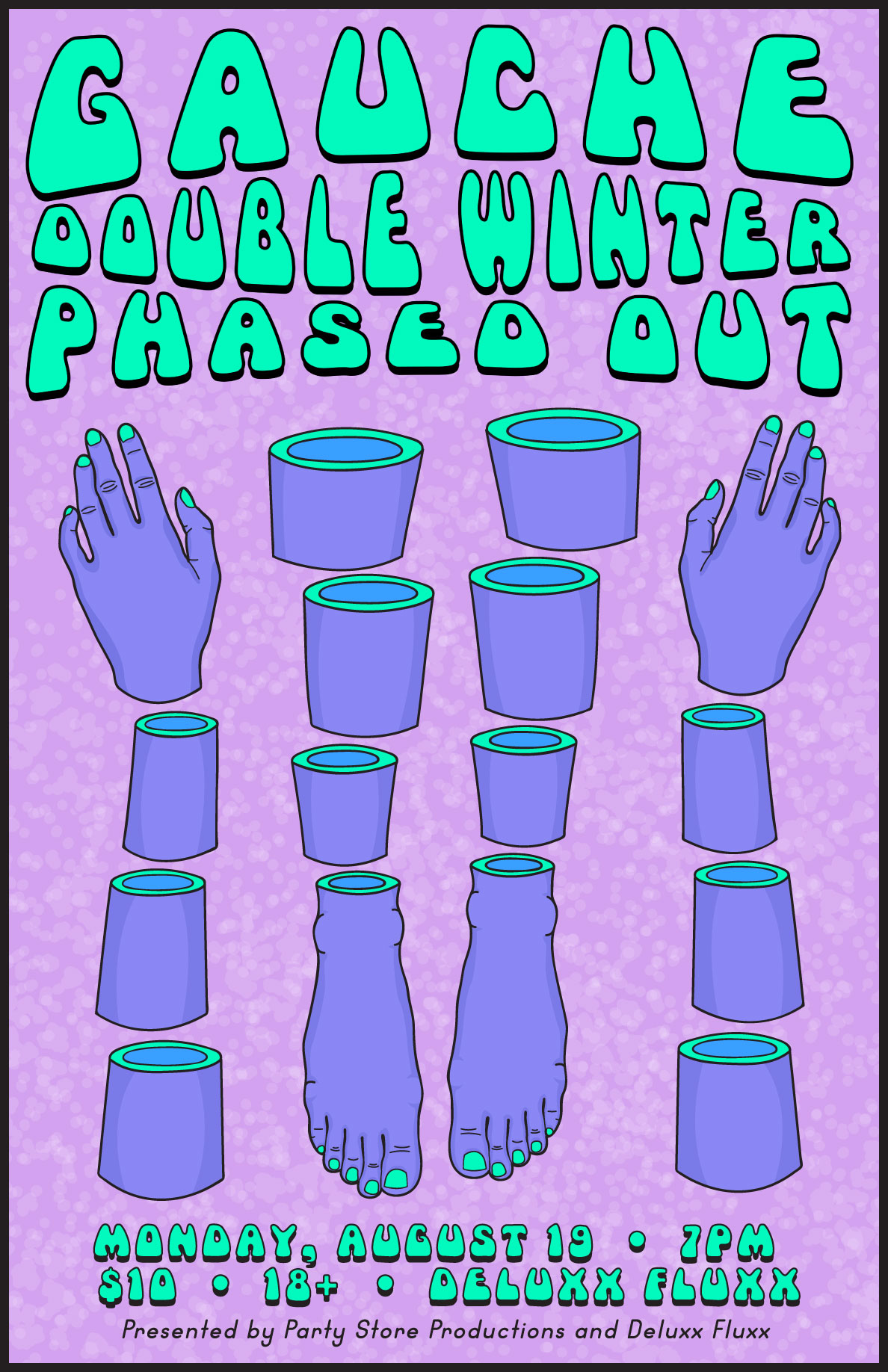

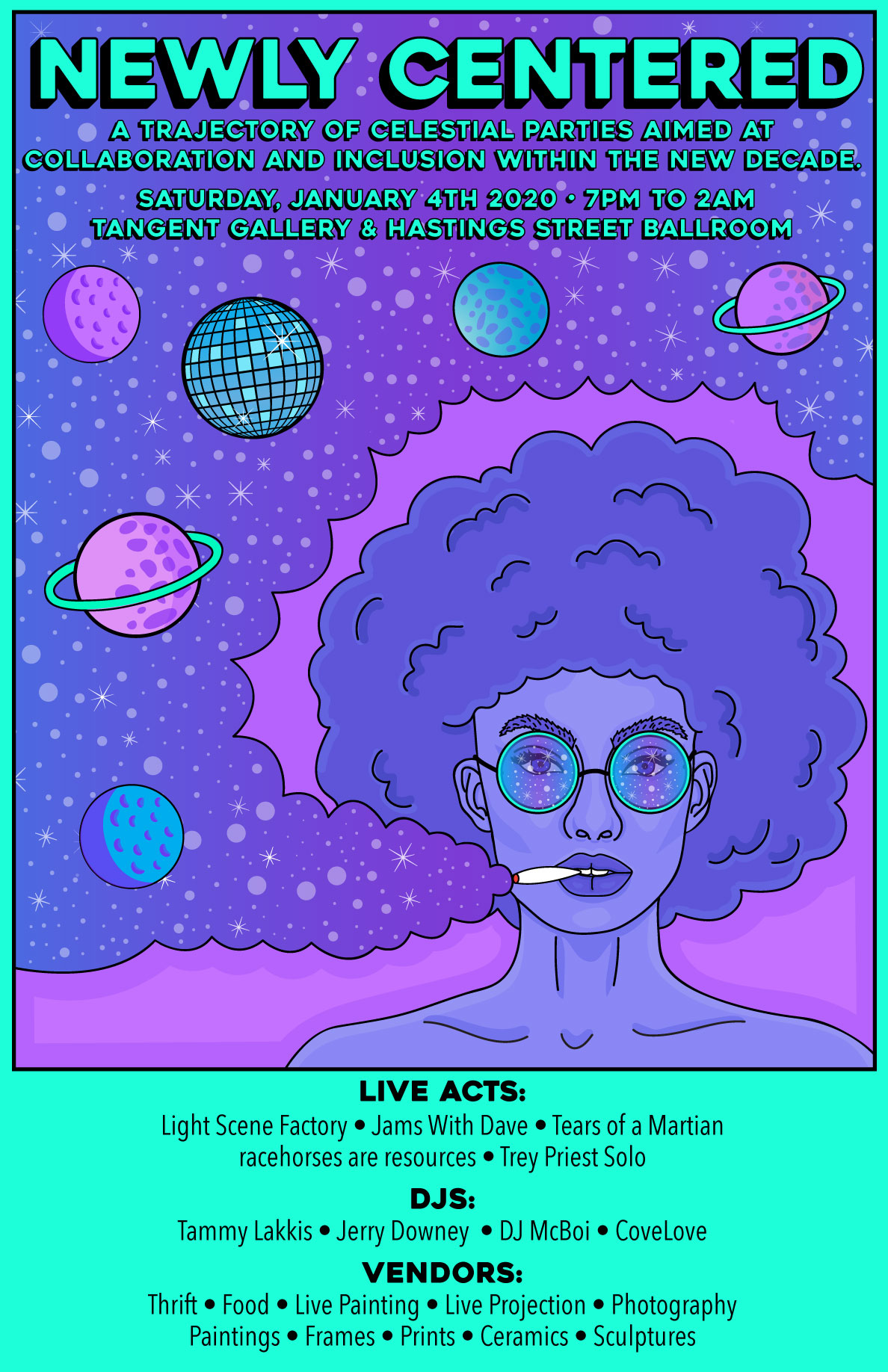
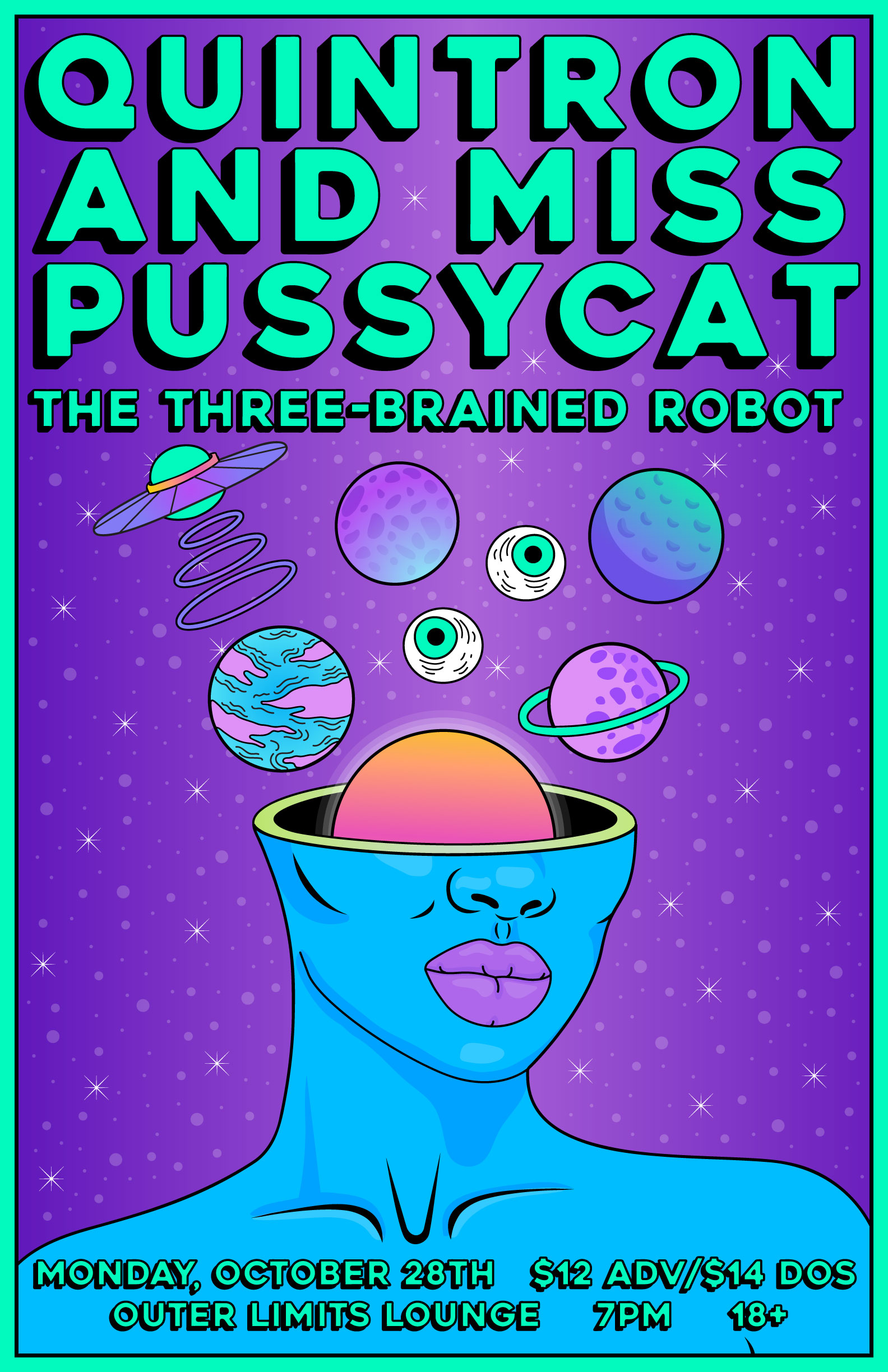
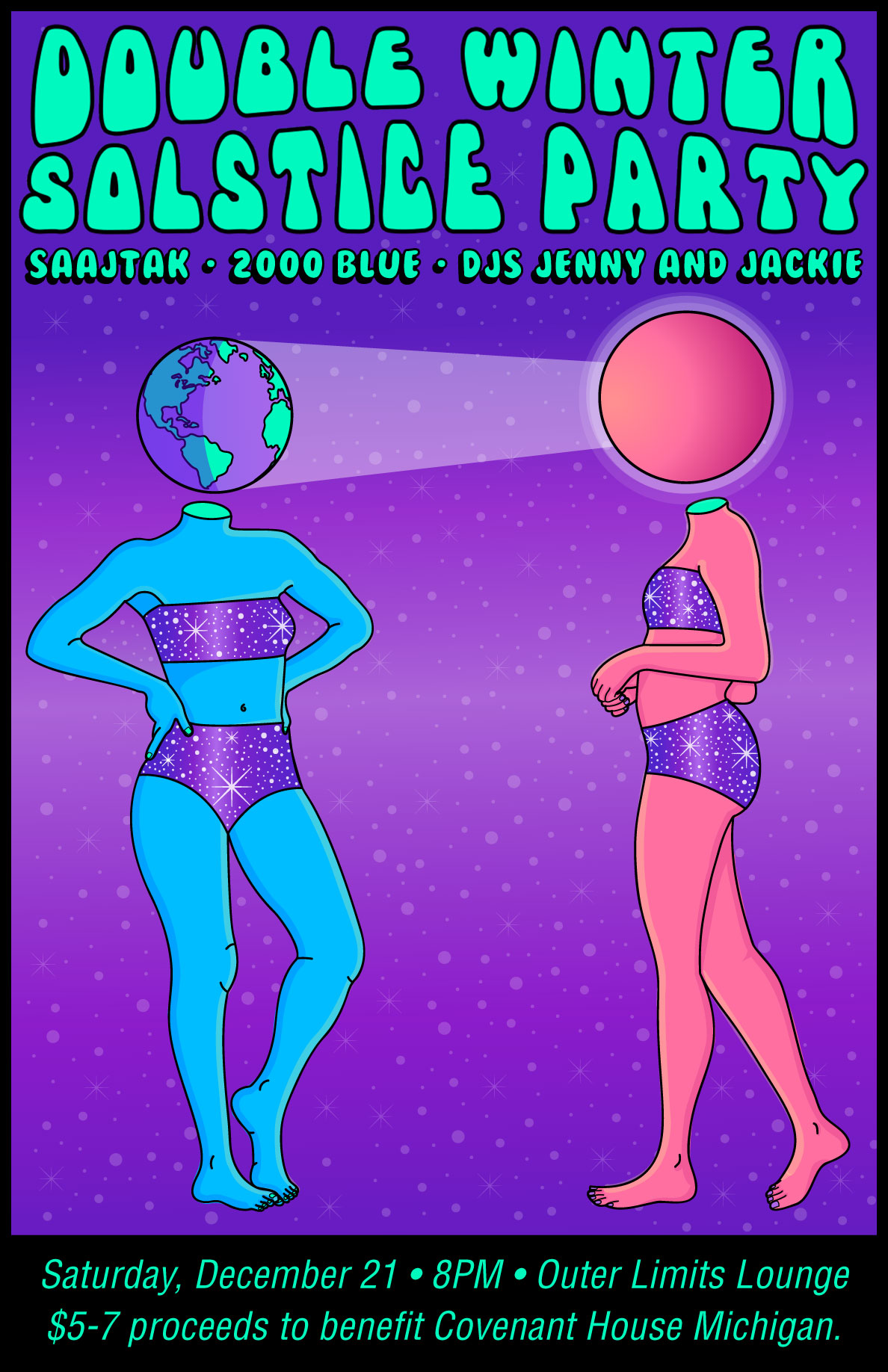
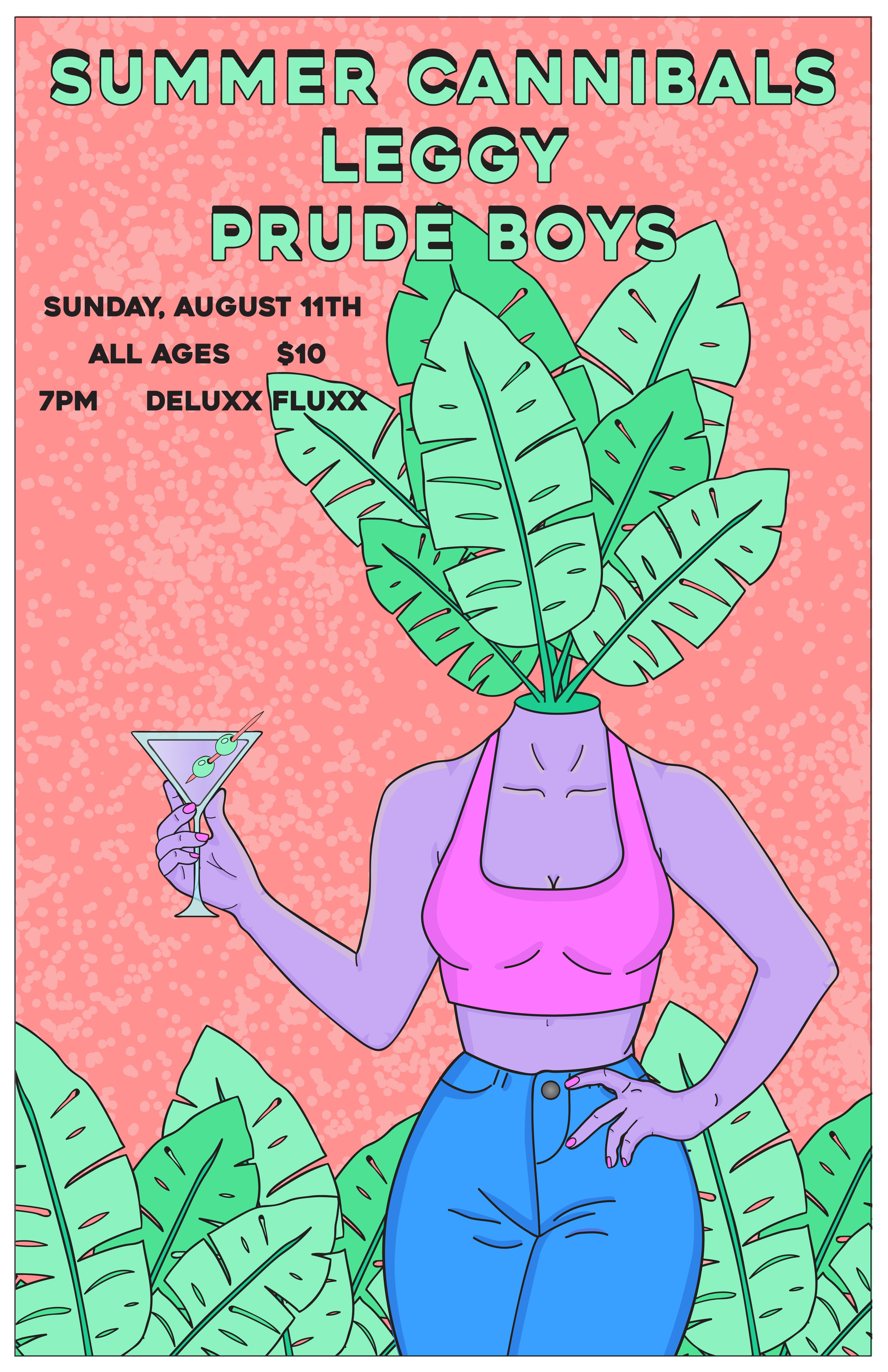
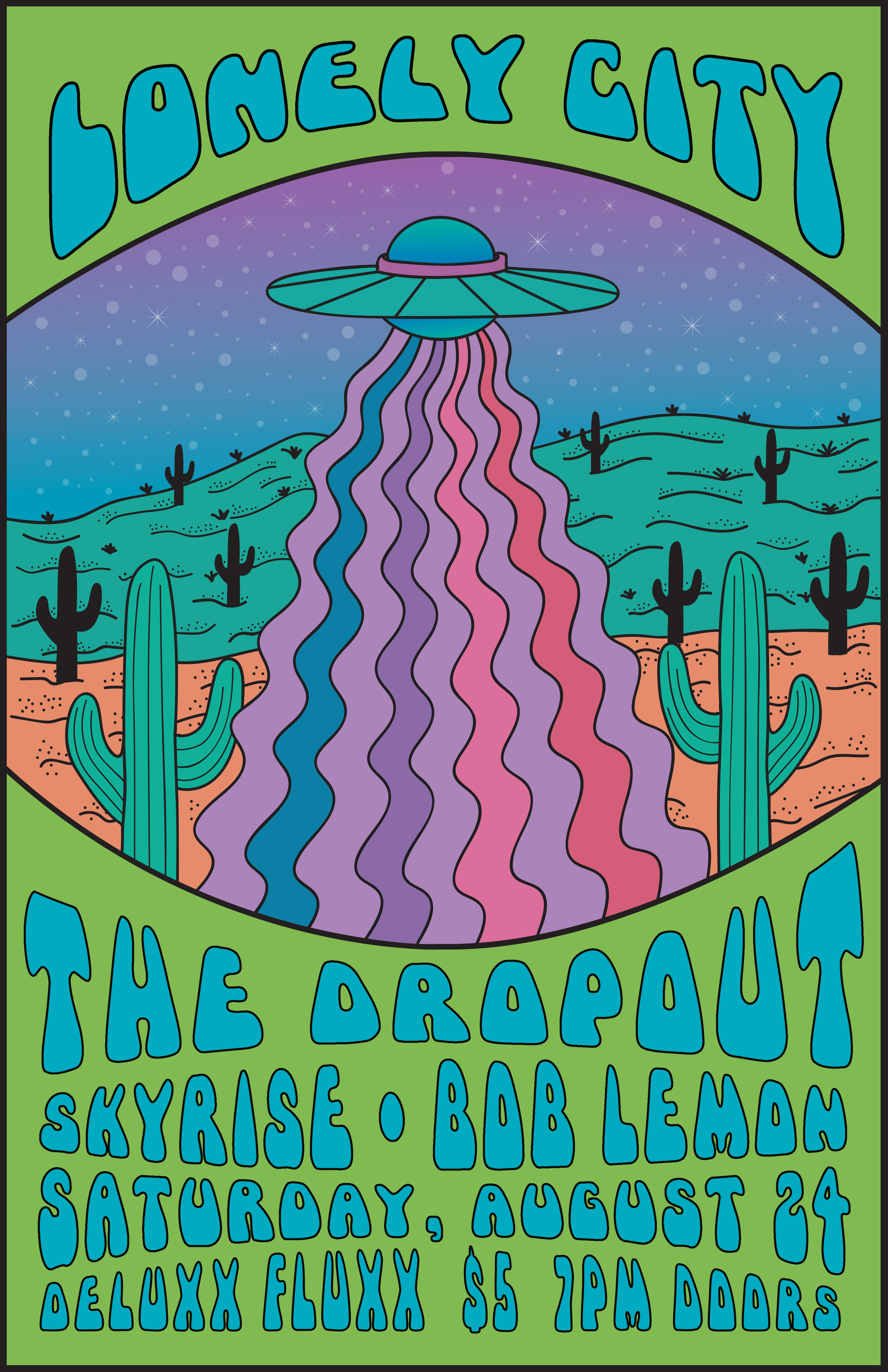
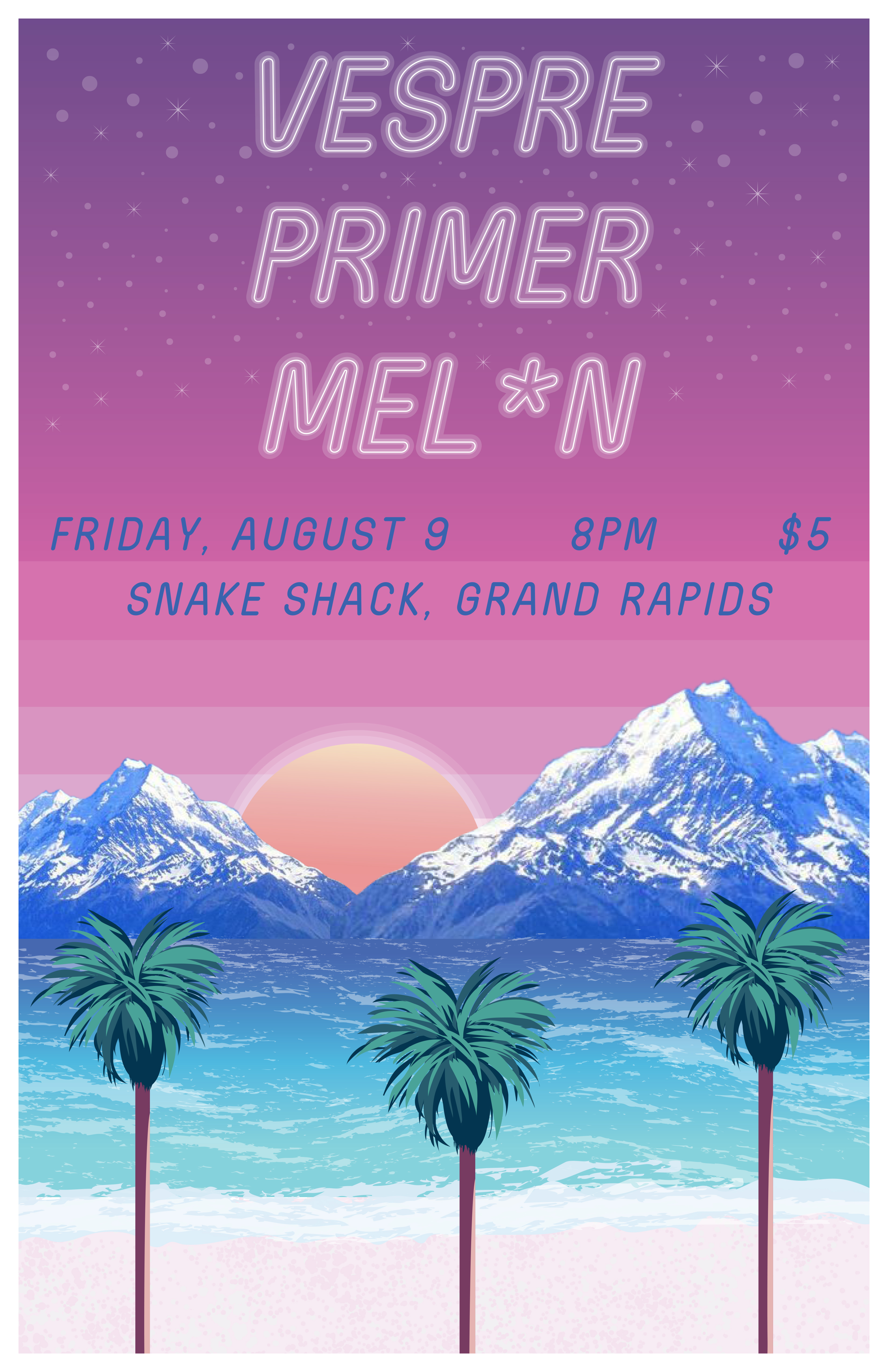
RM: Can you name any other artists that you are following that inform your practice?
MM: Just to name a few: Killer Acid, Robin Eisenbert, Oliver Hibert, Kim Thompson (@kim_a_Tron), Dawn Aquarius, Jason Abraham Smith (@lurkanddestroy), Bang Sangho, Squid Vishus, Kendra Ahimsa, Christopher Køltzow, Hattie Stewart, Kaelyn Richards (@houseplant_queen)...
RM: Are there any Detroit-based artists that you are following?
MM: There are so many amazing artists in Detroit that I love: Jason Abraham Smith (@lurkanddestroy), Shingo Brown, Martyna Alexander, Sheefy McFly, Mike Haan, Maxine McCrann (she moved to Toronto recently, but she’s still a Detroit artist in my heart), Fifty, Ed Irmen, Torrence Jackson, Sydney James, Michael Polakowski and so many more.
RM: These last few questions were focusing on artists, but your work spans design and art, integrating both in a graceful and effective way that feels refreshing, in my opinion. Are there designers that you look at that have helped you with developing your approach to making marketing materials?
MM: Yeah, I don’t follow specific people as closely as I do with illustrators, because a lot of the inspiration I find is from a design agency, but to name a few specific designers that have definitely been inspirational to me are:
Jessica Walsh, Hattie Stewart, Yinka Ilori, Morag Myerscough, Justine Wollman (@Badbeanstudio on instagram), Megan Dekok (@takeamegabite on instagram) (I would also consider her an art inspiration and a local Detroit artist that I’m into)
RM: Your website relays the multiple facets of your practice and includes a shop. Do you design all of the graphics for your shop on your own or are they commissions from a freelance job?
MM: They’re all original pieces of art. Some of them were adapted from posters I’ve created for local shows, but they’re all tweaked a little to keep them fresh.
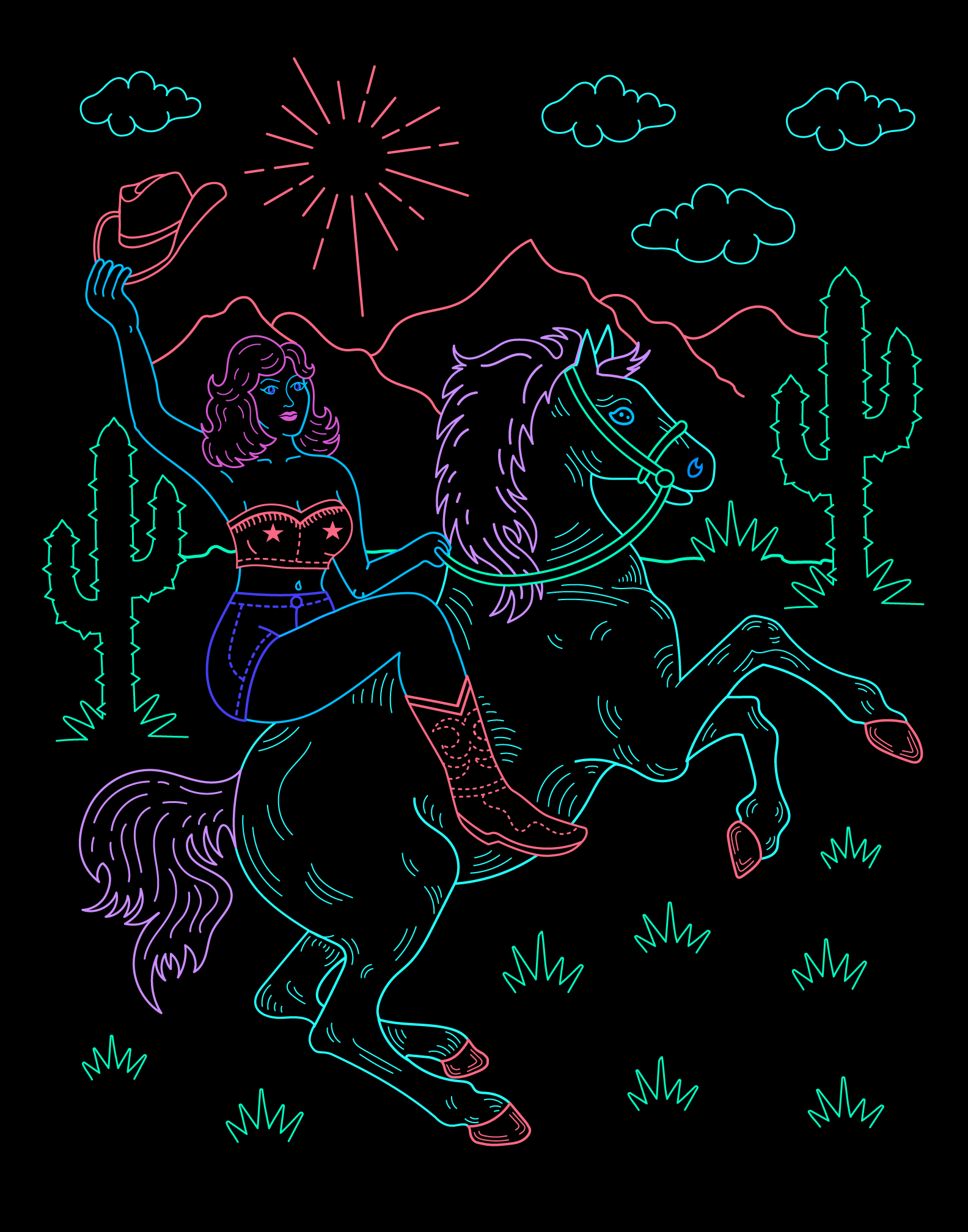
RM: In addition to your drawing skills and design skills being integrated, it also seems that your work as a musician is integrated into this as well, because you design flyers for your band Double Winter as well as your friends bands. Is your band’s music also influenced by 1960s psychedelia?
MM: Definitely! Especially our newest material, that hasn’t been released yet. Most of the music I listen to is from the 60s and 70s and when learning to play the drums, I focused heavily on bands like Funkadelic and The Meters to try and learn funky and psychedelic beats. Our newest member, Steve (who is also my partner) has brought a new element of intricate and psychedelic song writing that has really pushed us even further in that direction and I’m super excited to record it and share it with the world.
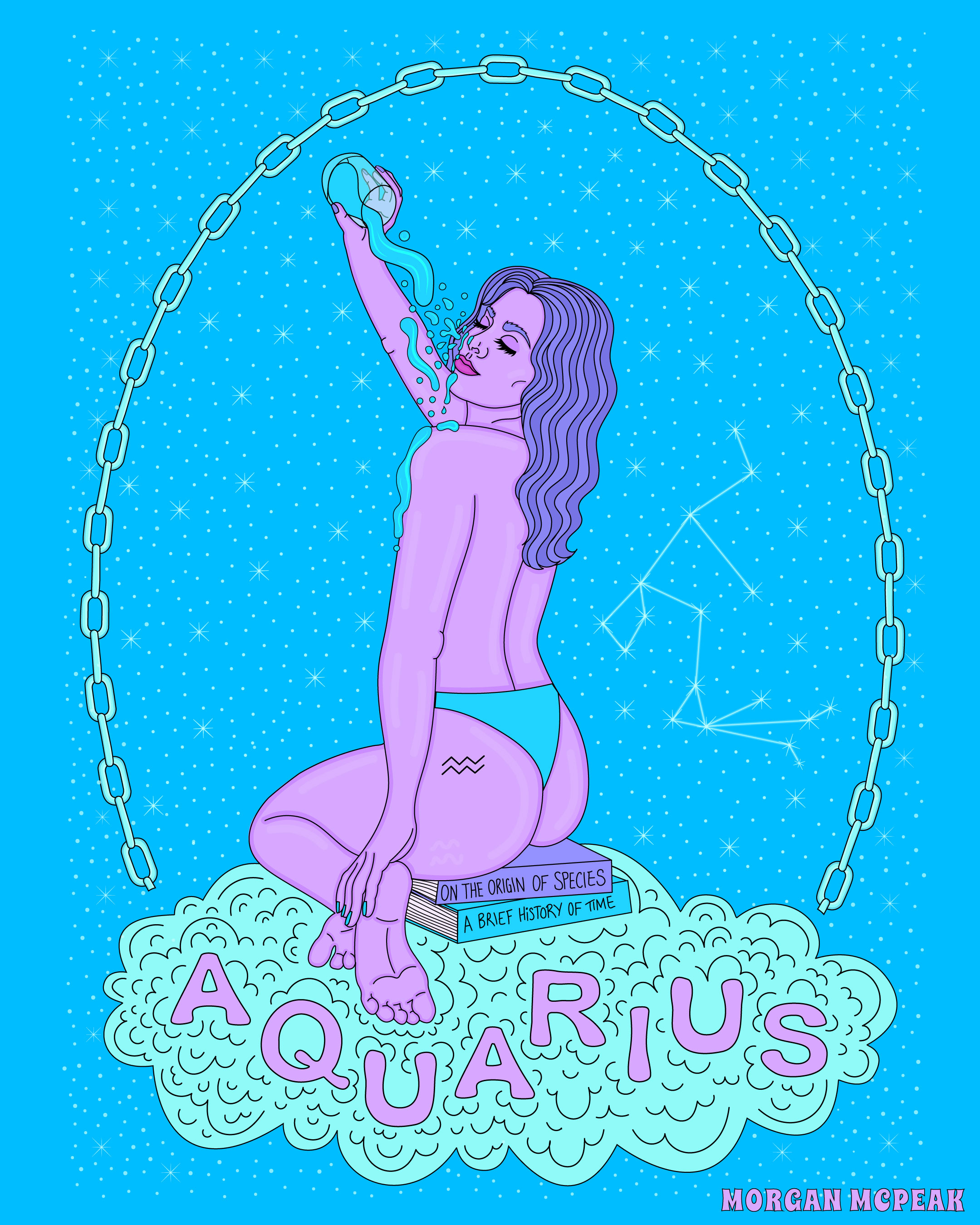
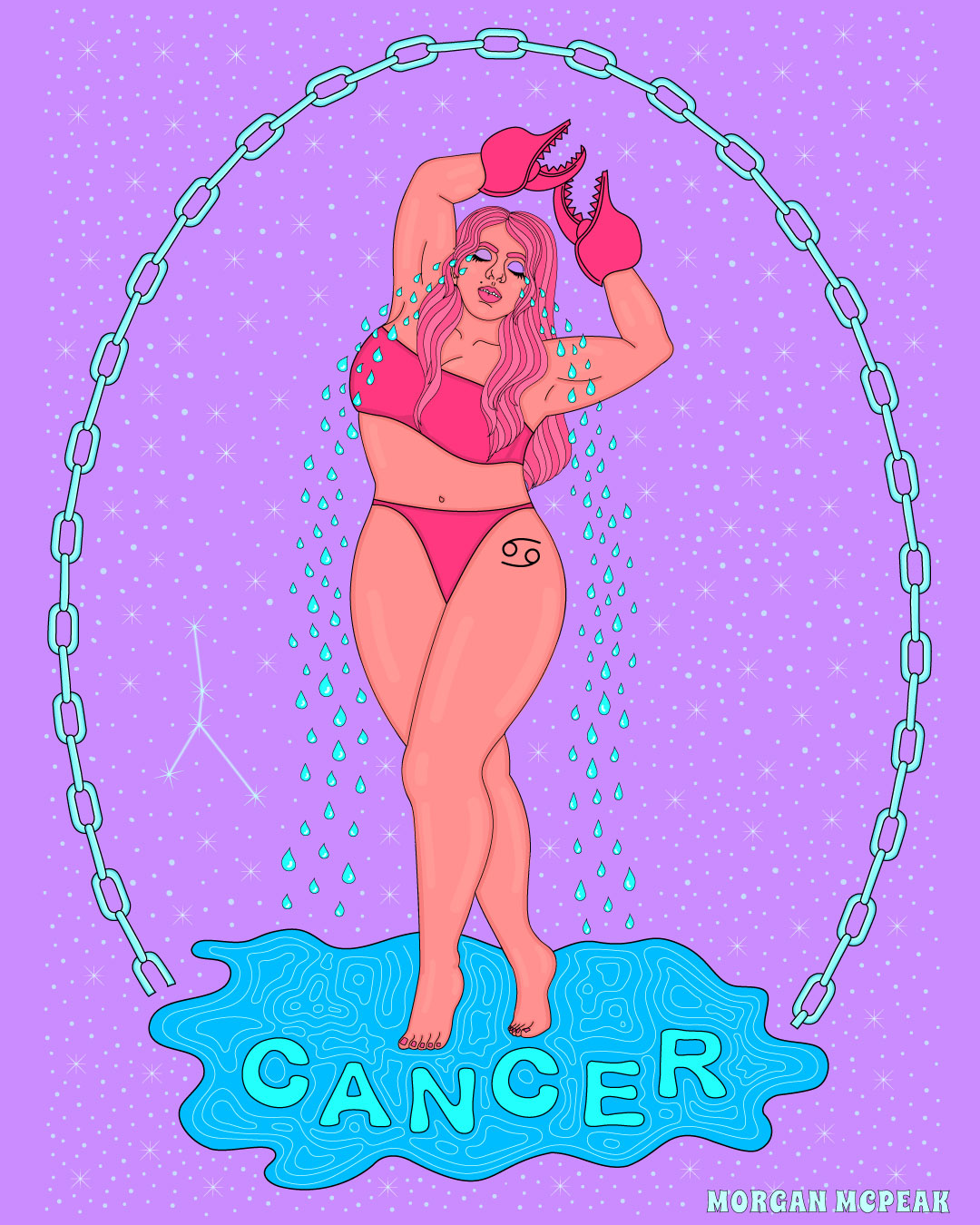
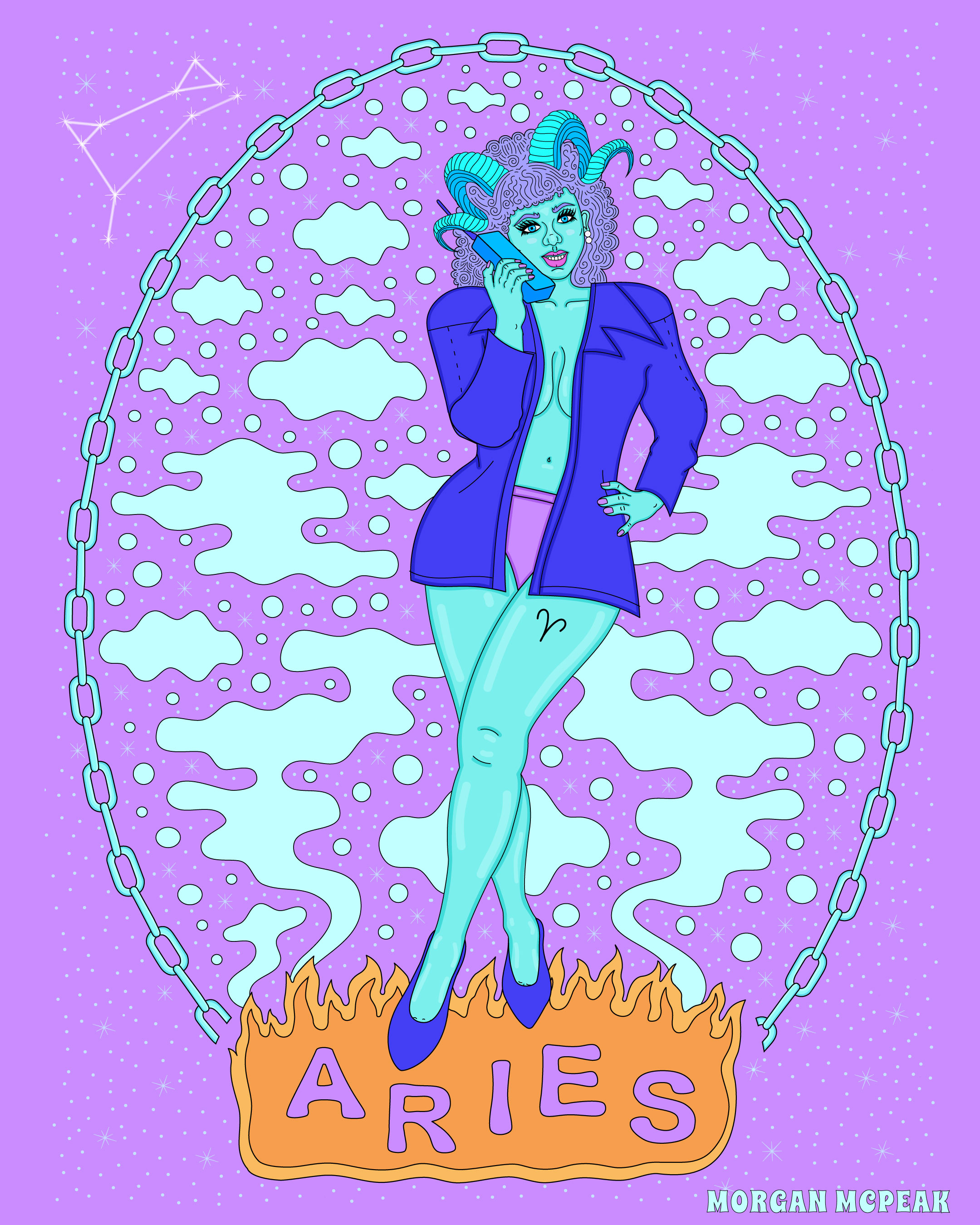
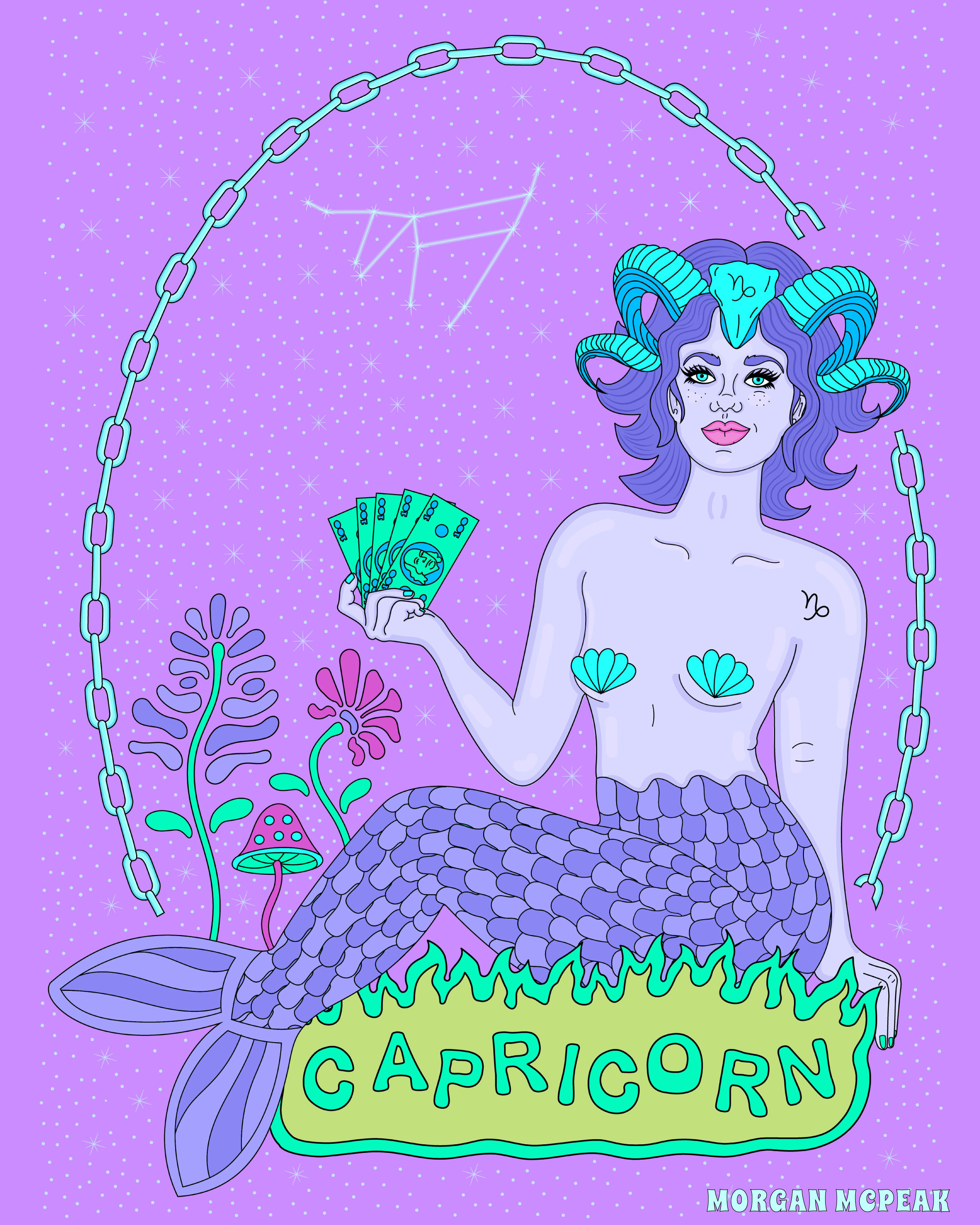
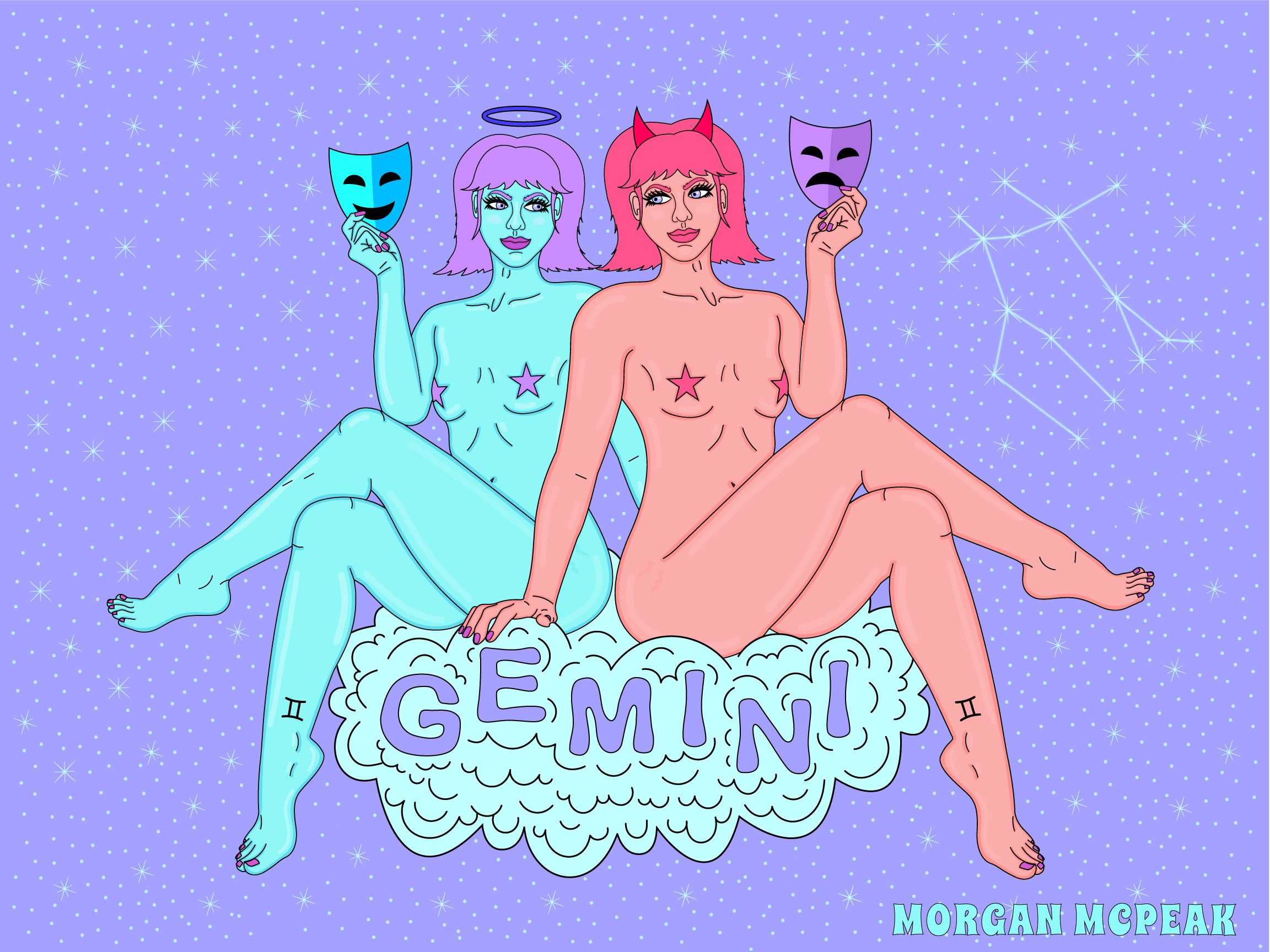
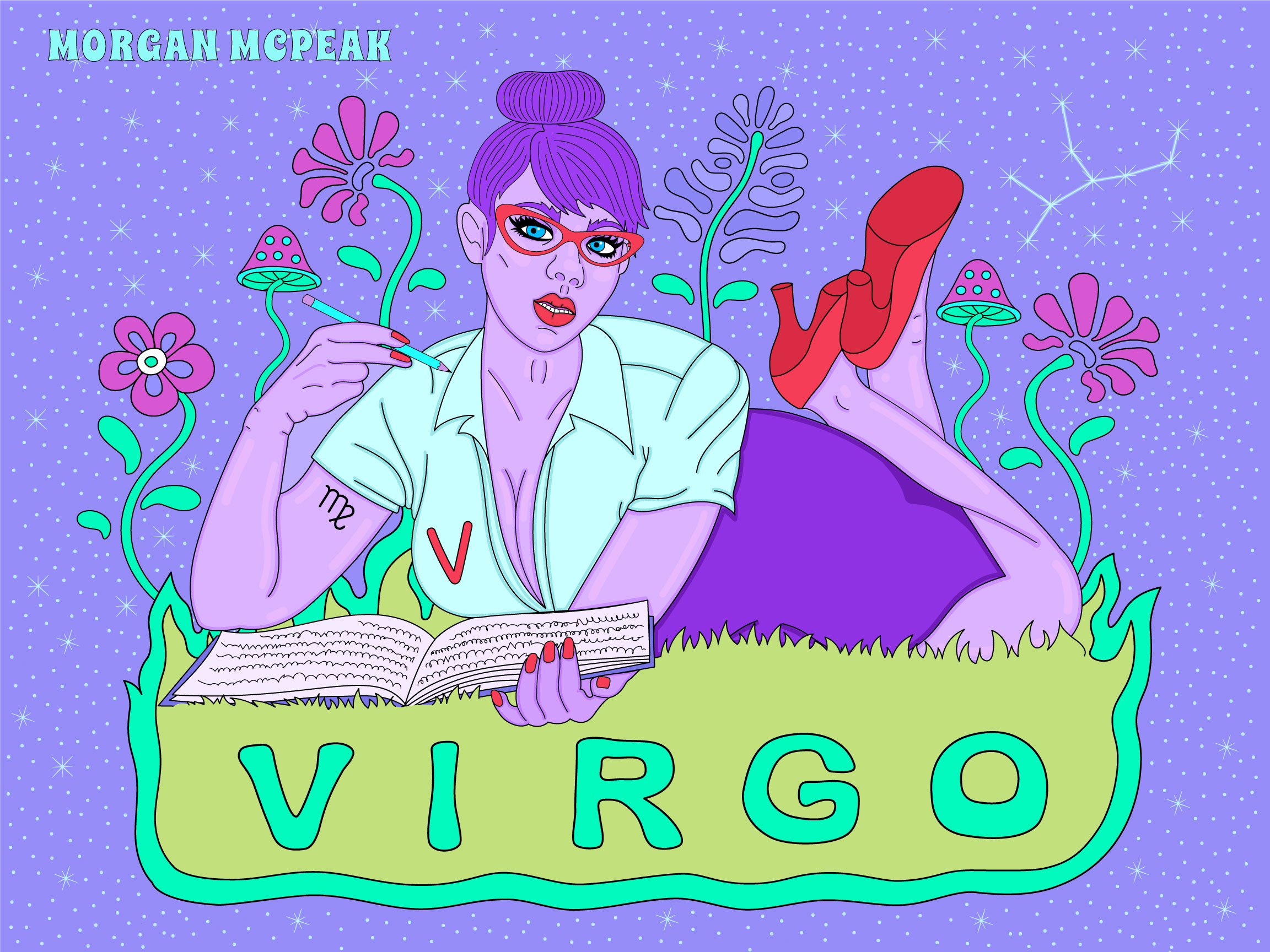
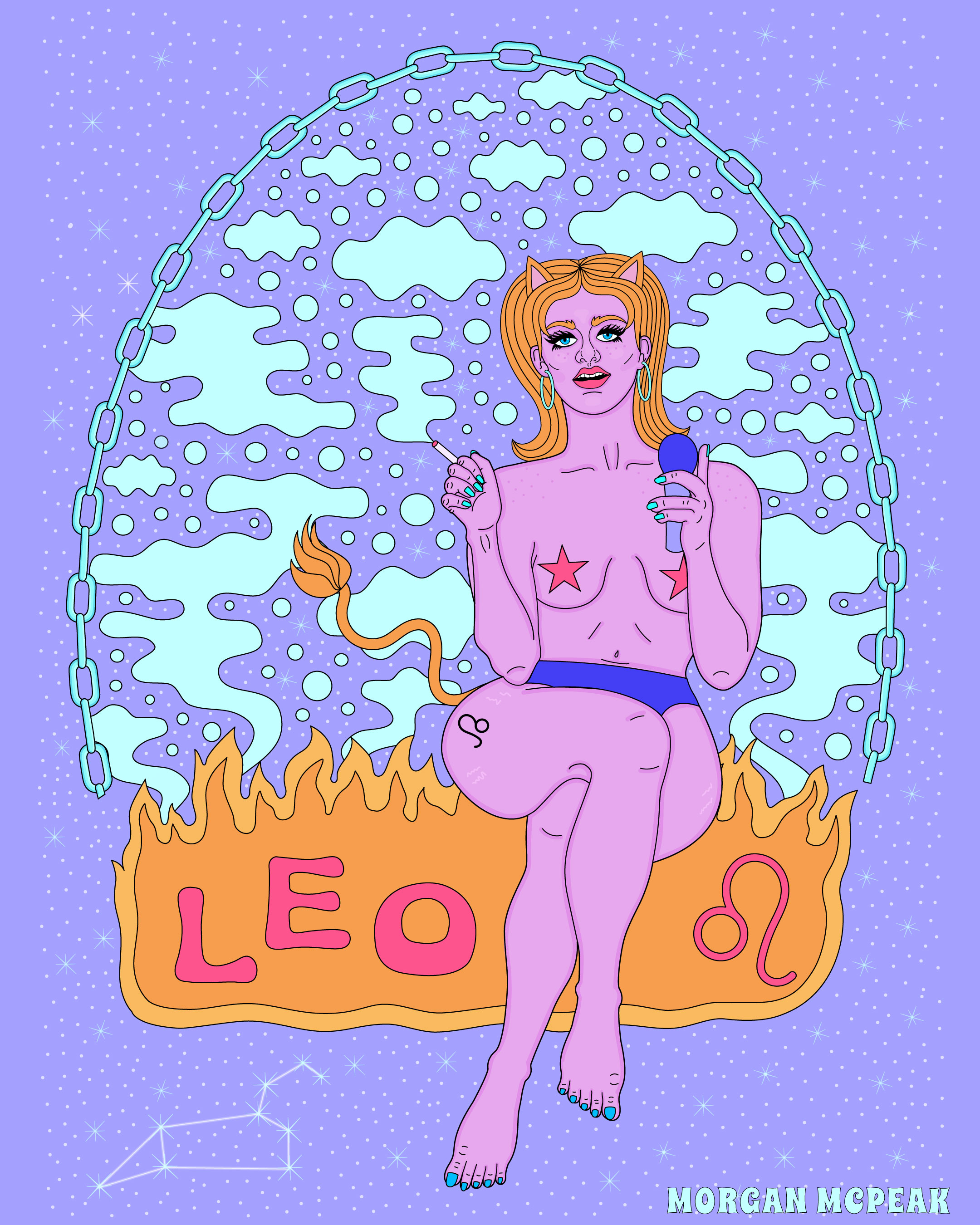

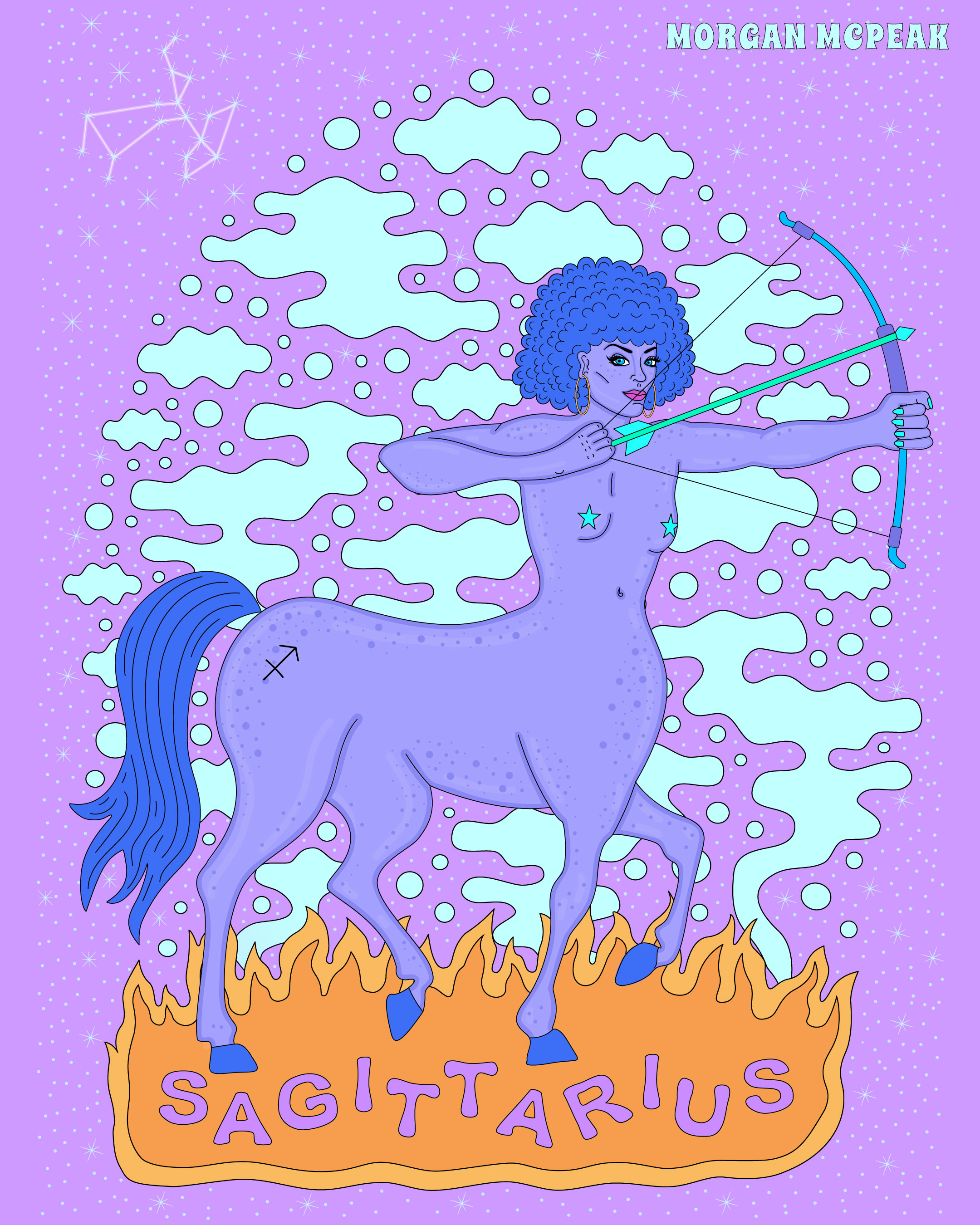
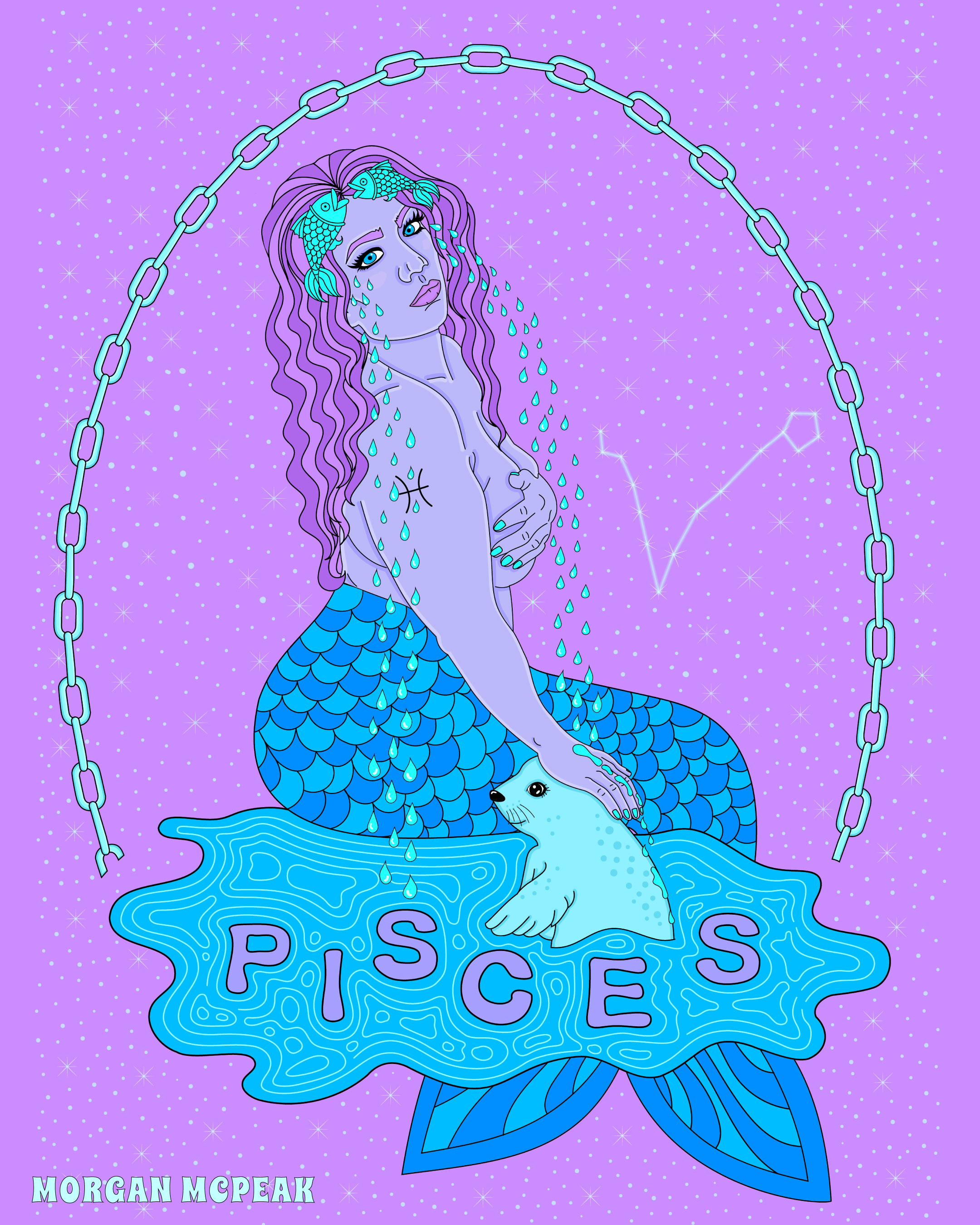
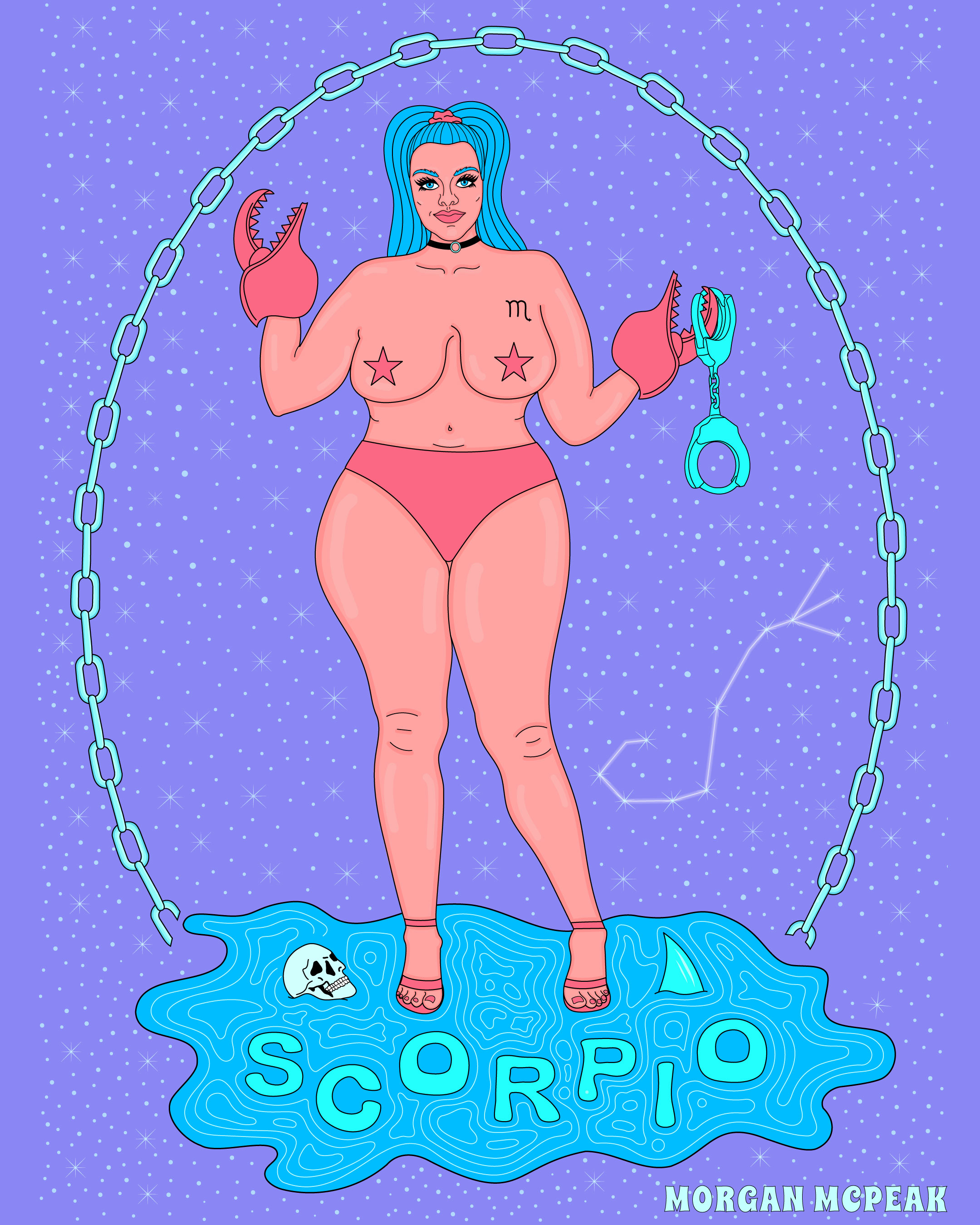

To learn more about the work of Morgan McPeak, you can visit her website here: